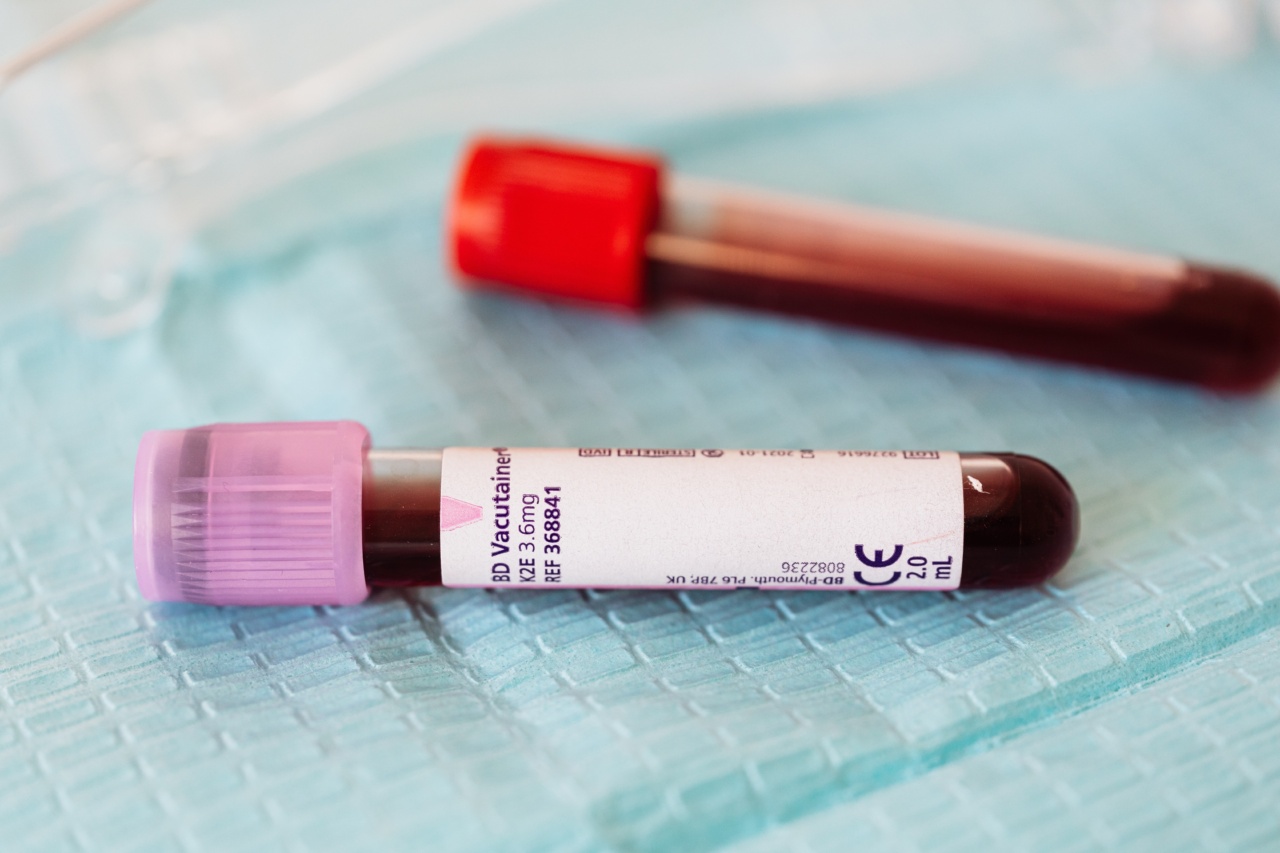Preeclampsia is a potentially life-threatening condition that affects pregnant women, characterized by high blood pressure and damage to organs such as the liver and kidneys.
It typically occurs after the 20th week of pregnancy and can lead to serious complications for both the mother and the baby. Early detection and diagnosis are crucial for effective management and prevention of complications.
Traditionally, preeclampsia has been diagnosed based on clinical symptoms such as high blood pressure and the presence of protein in the urine. However, these symptoms can be nonspecific and may not always indicate preeclampsia accurately.
The Need for a More Accurate Diagnostic Tool
Over the years, researchers have been exploring alternative diagnostic tools that can provide a more accurate and reliable diagnosis of preeclampsia.
One promising tool that has emerged is the blood test, which measures certain biomarkers in a pregnant woman’s blood.
Blood Test Biomarkers
The blood test for preeclampsia focuses on specific biomarkers that are associated with the development of the condition. These biomarkers include:.
- Placental Growth Factor (PlGF): PlGF is a protein that is produced by the placenta during pregnancy. Low levels of PlGF have been linked to the development of preeclampsia.
- Soluble Fms-like Tyrosine Kinase-1 (sFlt-1): sFlt-1 is a protein that is released from the placenta in excessive amounts in women with preeclampsia. High levels of sFlt-1 can cause damage to blood vessels and organs, leading to the symptoms of preeclampsia.
- Endoglin: Endoglin is a protein that is involved in blood vessel formation and plays a role in the development of preeclampsia. Elevated levels of endoglin have been found in the blood of women with preeclampsia.
The Advantages of the Blood Test
The blood test for preeclampsia offers several advantages over traditional diagnostic methods:.
- Early Detection: The blood test can detect preeclampsia at an earlier stage, even before symptoms become evident. This allows for timely intervention and management.
- More Accurate Diagnosis: The blood test provides a more accurate diagnosis compared to relying solely on clinical symptoms, reducing the risk of false positives and false negatives.
- Better Risk Assessment: The blood test can also help in assessing the severity of preeclampsia and the risk of complications, allowing healthcare providers to tailor the treatment plan accordingly.
- Improved Patient Outcomes: With early detection and accurate diagnosis, healthcare providers can closely monitor and manage preeclampsia, reducing the risk of adverse outcomes for both the mother and the baby.
Implementing the Blood Test in Clinical Practice
While the blood test for preeclampsia shows great promise, there are still some challenges to overcome before it can be widely implemented in clinical practice. These challenges include:.
- Cost: The cost of the blood test may be a barrier to its widespread use. However, as the technology evolves and becomes more accessible, it is expected that the cost will decrease.
- Educating Healthcare Providers: Healthcare providers need to be educated and trained in the use and interpretation of the blood test results to ensure its effective implementation.
- Further Research and Validation: More research is needed to validate the accuracy and reliability of the blood test in different populations and settings.
The Future of Preeclampsia Diagnosis
The blood test holds great promise in revolutionizing the diagnosis of preeclampsia. As the technology advances and becomes more widespread, it has the potential to significantly improve the detection and management of this serious condition.
With early detection and accurate diagnosis, healthcare providers can intervene promptly, preventing complications and ensuring better outcomes for both the mother and the baby.
The blood test serves as a game-changer in preeclampsia diagnosis, bringing hope to millions of pregnant women worldwide.




























